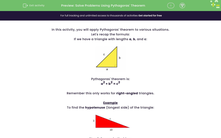In this activity, you will apply Pythagoras' theorem to various situations.
Let's recap the formula:
If we have a triangle with lengths a, b, and c:
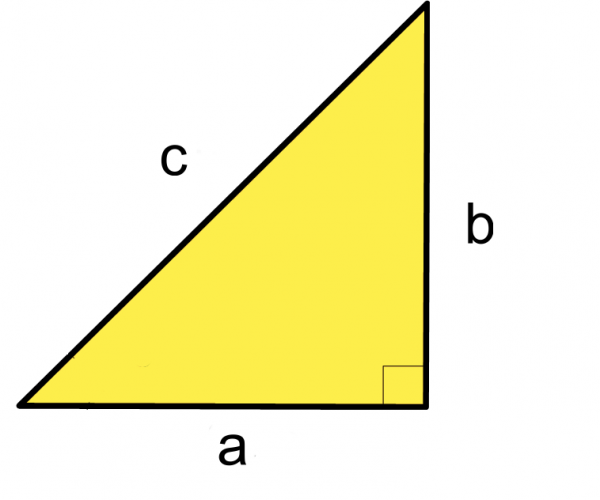
Pythagoras' theorem is:
a2 + b2 = c2
Remember this only works for right-angled triangles.
Example
To find the hypotenuse (longest side) of the triangle:
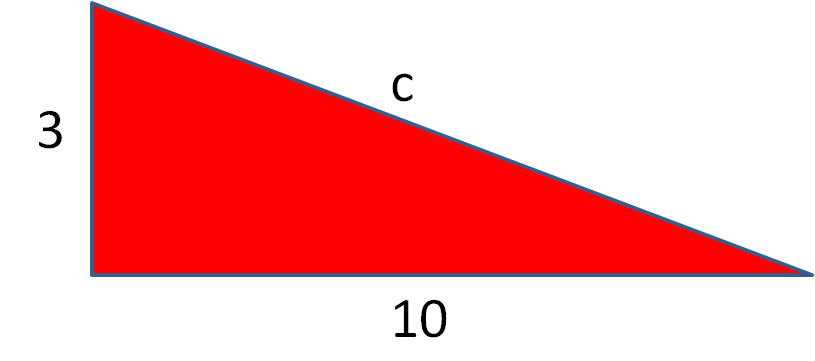
Step 1: Square both sides:
10² = 100
3² = 9
Step 2: Add them:
100 + 9 = 109
Step 3: Square root:
√109 = 10.44 cm (to 2 decimal places)
To find a shorter side length:
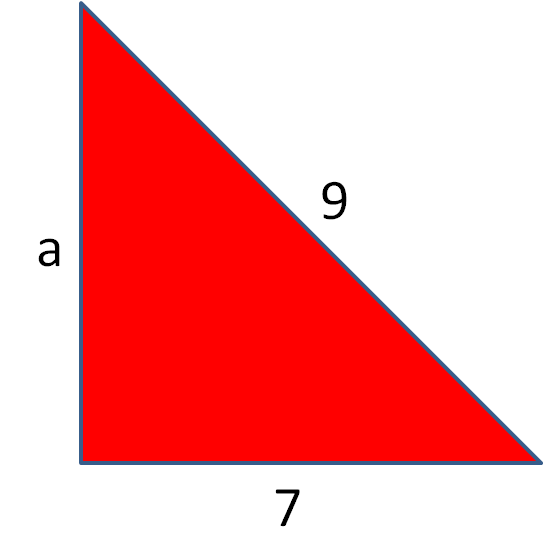
Step 1: Square both sides:
9² = 81
7² = 49
Step 2: Subtract them:
81 - 49 = 32
Step 3: Square root:
√32 = 5.66 (to 2 decimal places)
What if there isn't a triangle drawn for us?
This activity will focus on questions where you need to either spot a right-angled triangle within a shape, or make one using the information given.
For example:
I leave my house to go to the bus stop.
I walk 20 m due west and then walk another 30 m due north.
If I had taken the direct route how far would I have walked?
Draw the situation
We have been told that the person walks 20m west, followed by 30m north. We can put these lines together as shown:
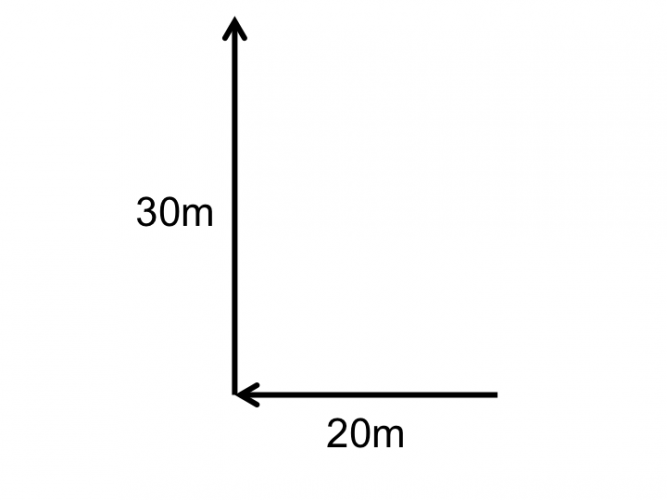
Now, let's join the shape up...
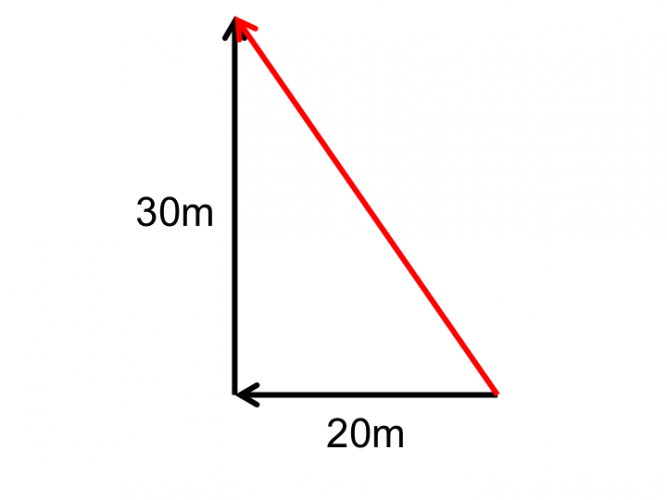
...And you can see a right-angled triangle has been formed! The direct route would be the diagonal (hypotenuse)
So, we use Pythagoras as follows:
20² = 400
30² = 900
400 + 900 = 1300
√1300 = 36.05 m (2 d.p.)
The key point is to always sketch the situation, or look to find a right angled triangle within a shape.
Have a go at this activity and see if you can use this skill.

